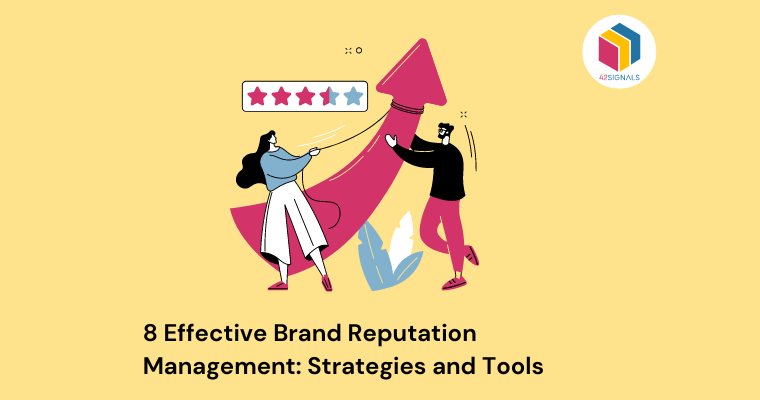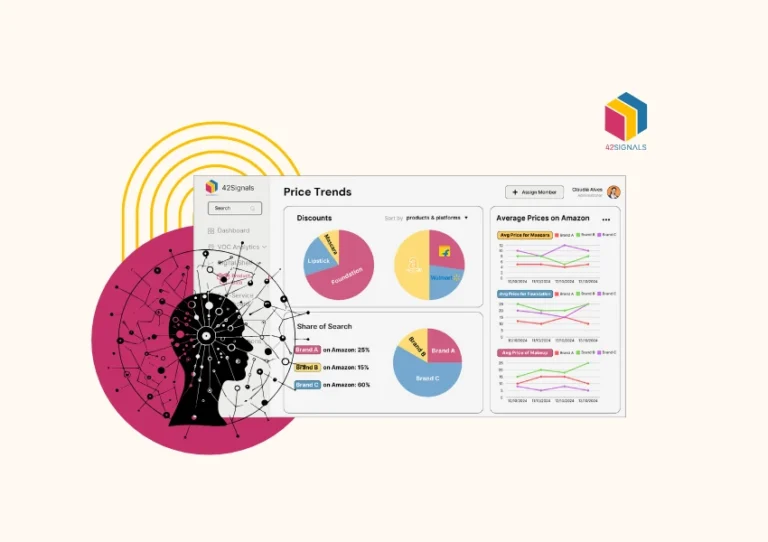With the rise of social media and online review platforms, customers have the power to shape public perception about a business or product with just a few clicks. As a result, companies need to be proactive in managing their online presence to ensure they maintain a positive image and build trust among their target audience.
Let’s discuss eight effective strategies and tools that can help you manage your brand reputation like a pro.
Proven Brand Reputation Management Strategies:
1. Monitor Your Online Presence Regularly:
The first step towards successful brand reputation management is keeping track of what people are saying about your company online. Set up Google Alerts for your brand name, products, and services to receive notifications when someone mentions them. Additionally, use social listening tools such as Hootsuite, Sprout Social, or Buffer to monitor conversations related to your industry, competitors, and keywords. By regularly monitoring your online presence, you can quickly address any negative feedback, misinformation, or potential crises before they escalate.
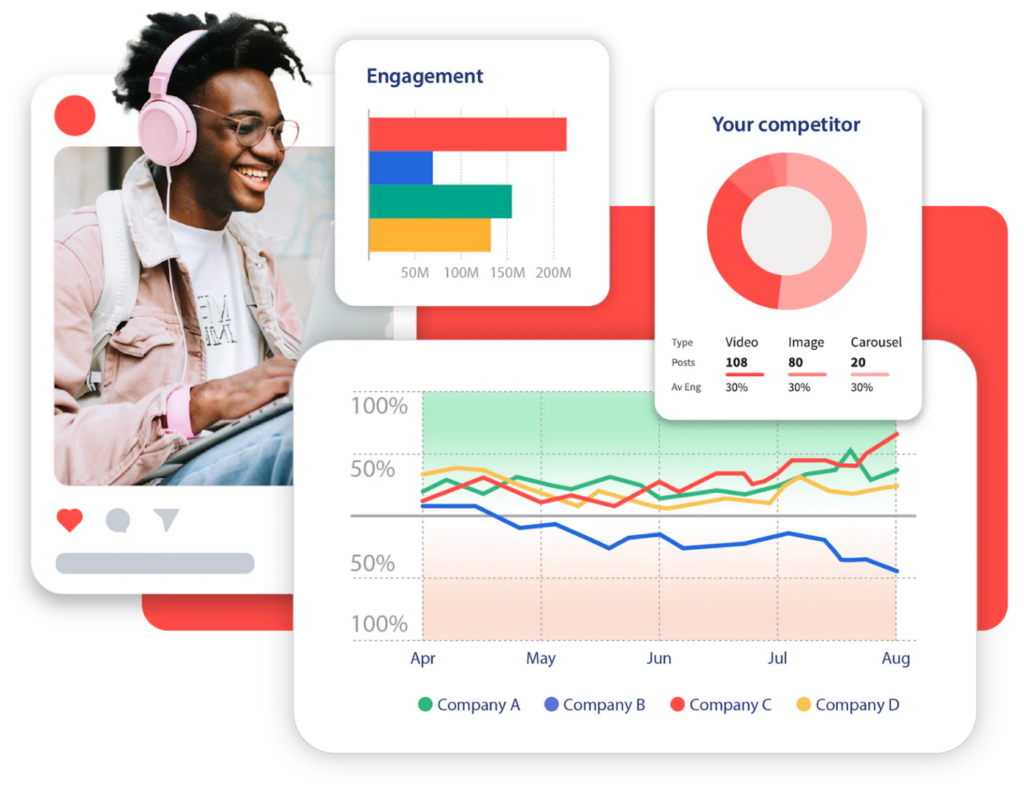
Image Source: Hootsuite
Use Mention or Awario to set up alerts for your brand name, products, and services. Receive real-time updates whenever someone talks about you online, allowing you to jump into conversations and address any concerns immediately.
2. Claim & Optimize Your Business Profiles:
Ensure that all relevant online directories, listings, and review sites contain accurate information about your business. This includes your website, contact details, hours of operation, and logo. Claiming and optimizing these profiles helps improve visibility in search results and ensures consistency across various platforms. Moreover, it makes it easier for customers to find and engage with your brand, leading to increased satisfaction and loyalty.

Image Source: Digital Guider
Create and claim your Google My Business profile, ensuring that all information provided is correct and consistent with other directory listings. Add high-quality photos, encourage customer reviews, and update your listing regularly to keep users informed.
3. Encourage Customer Reviews & Testimonials:
Positive customer reviews and testimonials play a significant role in building credibility and trust and an important trust in brand reputation management. Encourage satisfied customers to leave feedback on popular review websites such as Yelp, TripAdvisor, or Google My Business. Respond promptly and professionally to both positive and negative reviews, thanking those who took the time to share their experiences while addressing concerns raised by unhappy customers. This demonstrates transparency, commitment to improvement, and willingness to listen to your audience’s needs.
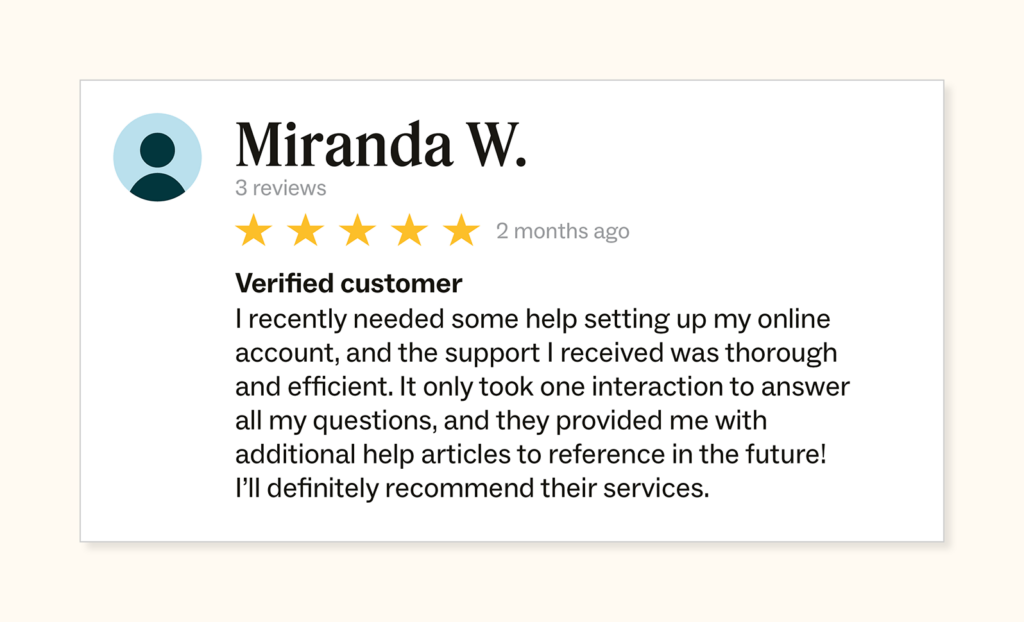
Image Source: Zendesk
After closing a sale, send a follow-up email asking customers to share their experience on popular review platforms like Trustpilot or G2 Crowd. Offer incentives (e.g., discount codes) to motivate them to write honest reviews.
4. Develop a Crisis Management Plan:
No matter how well-prepared you are, unexpected events can still harm your brand reputation. Prepare for potential crises by developing a comprehensive crisis management plan outlining steps to take when issues arise. Designate specific team members responsible for handling different aspects of the situation, establish guidelines for communication, and create pre-approved responses for common scenarios. Having a solid plan in place enables you to react swiftly and effectively, minimizing damage to your brand’s image.
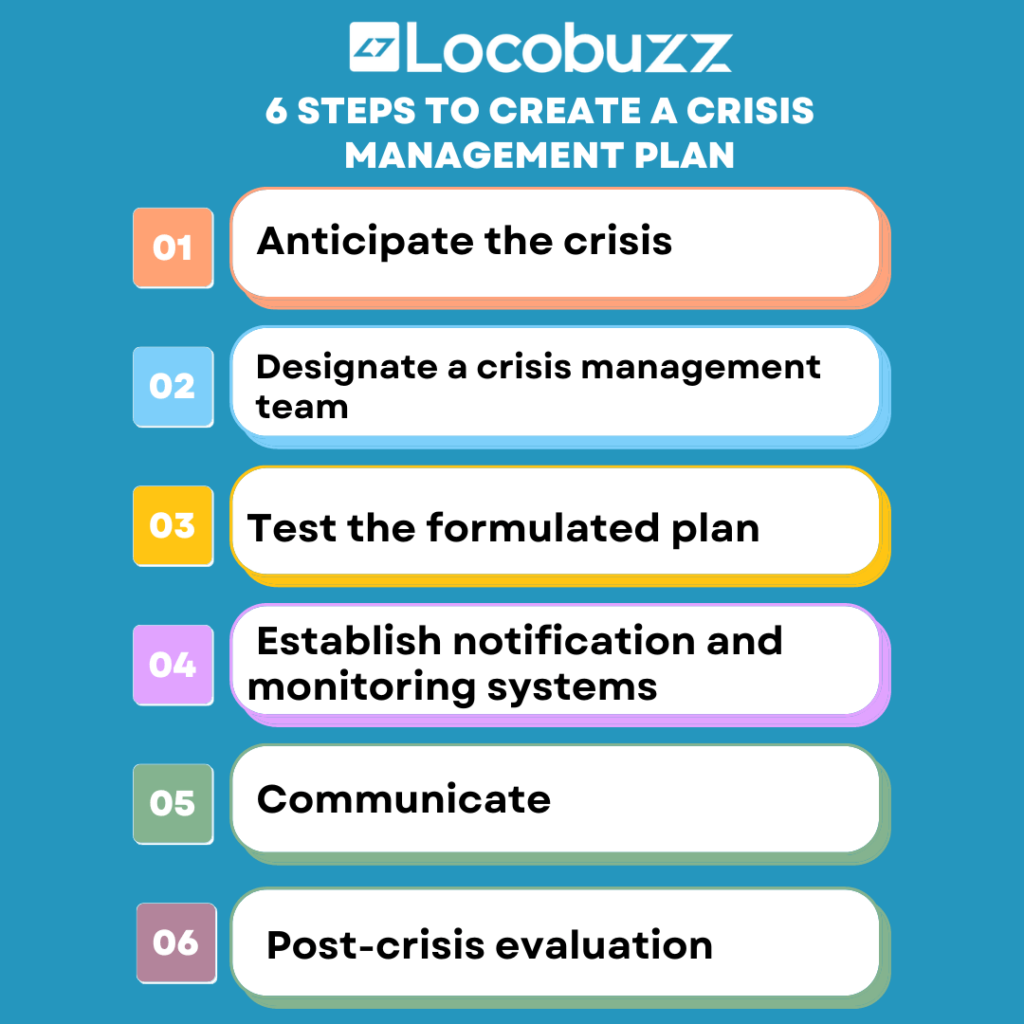
Image Source: Locobuzz
Outline procedures for dealing with negative press coverage, data breaches, or PR scandals. Assign roles and responsibilities to specific team members, prepare draft statements for various scenarios, and conduct regular drills to ensure everyone knows what to do during a crisis.
5. Publish High-Quality Content Consistently:
Creating valuable content helps position your brand as an authority within your industry, fostering trust and engagement among your audience. Share informative blog posts, insightful articles, engaging videos, and helpful infographics through various channels, including your website, email newsletters, and social media platforms. Ensure that each piece aligns with your overall marketing strategy and showcases your unique value proposition, all of which will help with your brand reputation management.

Image Source: Search Engine Journal
Produce weekly blog posts discussing topics relevant to your industry. Feature guest authors, create downloadable guides, and incorporate visual elements like images and videos to make your content engaging and informative.
6. Engage Authentically with Your Audience:
Build strong relationships with your followers by actively participating in online discussions, responding to comments, and sharing user-generated content. Be genuine, approachable, and transparent in all interactions, showing appreciation for loyal fans while addressing criticism constructively. Establishing authentic connections strengthens brand affinity, encourages word-of-mouth promotion, and builds long-term customer loyalty.
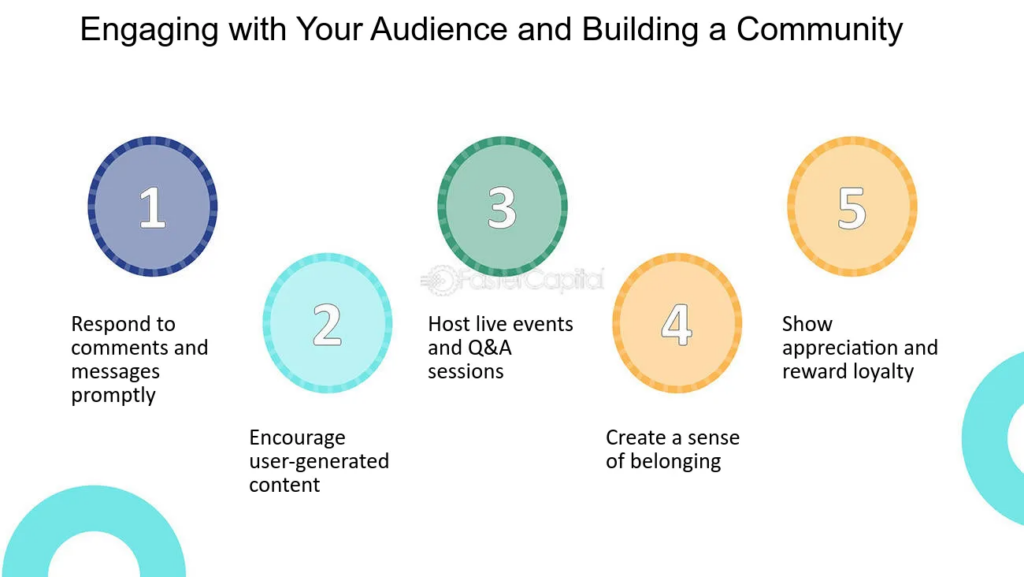
Image Source: Faster Capital
Participate in Twitter chats, Facebook groups, or LinkedIn communities related to your niche. Answer questions, provide insights, and offer support without being pushy or sales-focused. Show empathy and understanding, making users feel valued and respected.
7. Leverage Influencer Marketing:
Collaborating with influencers in your niche can significantly boost your brand reputation and reach new audiences. Partner with reputable individuals whose values align with yours to promote your products or services. Choose influencers carefully based on factors such as relevance, engagement rate, and follower demographics to maximize impact and minimize risk.

Image Source: Hoffman Murtaugh
Collaborate with micro-influencers in your field who have engaged, niche audiences. Co-create content featuring your products or services, encouraging organic conversation around your brand and reaching new potential customers.
8. Utilize Reputation Management Software:
Managing brand reputation manually can be overwhelming, especially if you operate multiple locations or cater to diverse markets. Streamline the process using dedicated reputation management software like 42Signals.
The tool equipped with Voice of Customer analysis allows you to centralize review monitoring, analyze sentiment trends, and generate reports for stakeholders. Investing in a robust solution empowers you to stay on top of your online presence efficiently and effectively.
Employ a tool like 42Signals to monitor your online presence, collect and analyze customer feedback, and identify areas for improvement. Generate detailed reports highlighting key metrics, enabling you to measure progress and adjust strategies accordingly.
Conclusion
Brand reputation management should be a top priority for businesses seeking success in today’s digitally connected world. Implementing these eight strategies and utilizing specialized tools can help protect your online image and foster positive relationships with customers.
Stay vigilant, adaptable, and committed to providing exceptional experiences at every touchpoint, and watch as your brand soars above the competition.
Schedule a demo with 42Signals today and discover how our solutions can help your business thrive.
